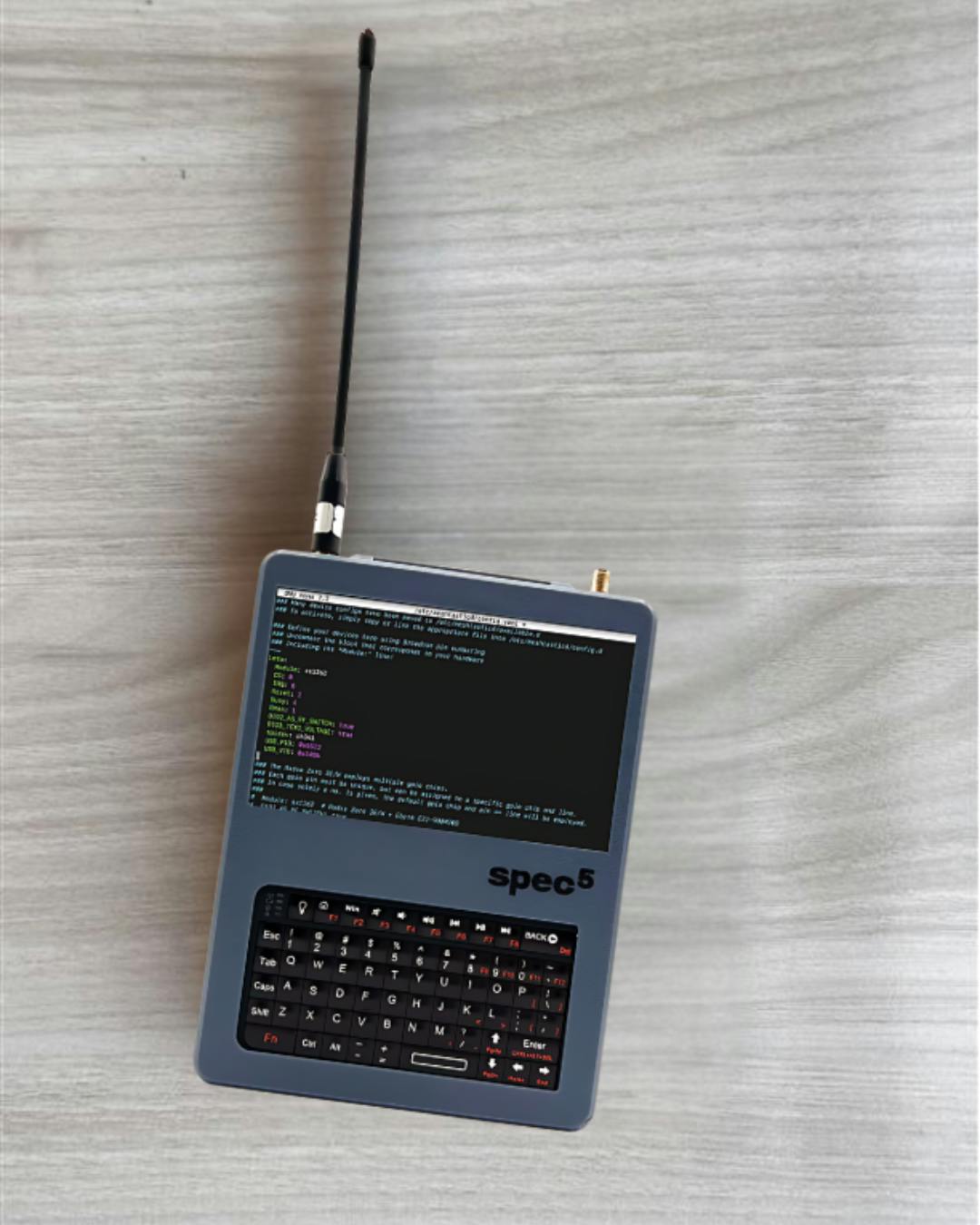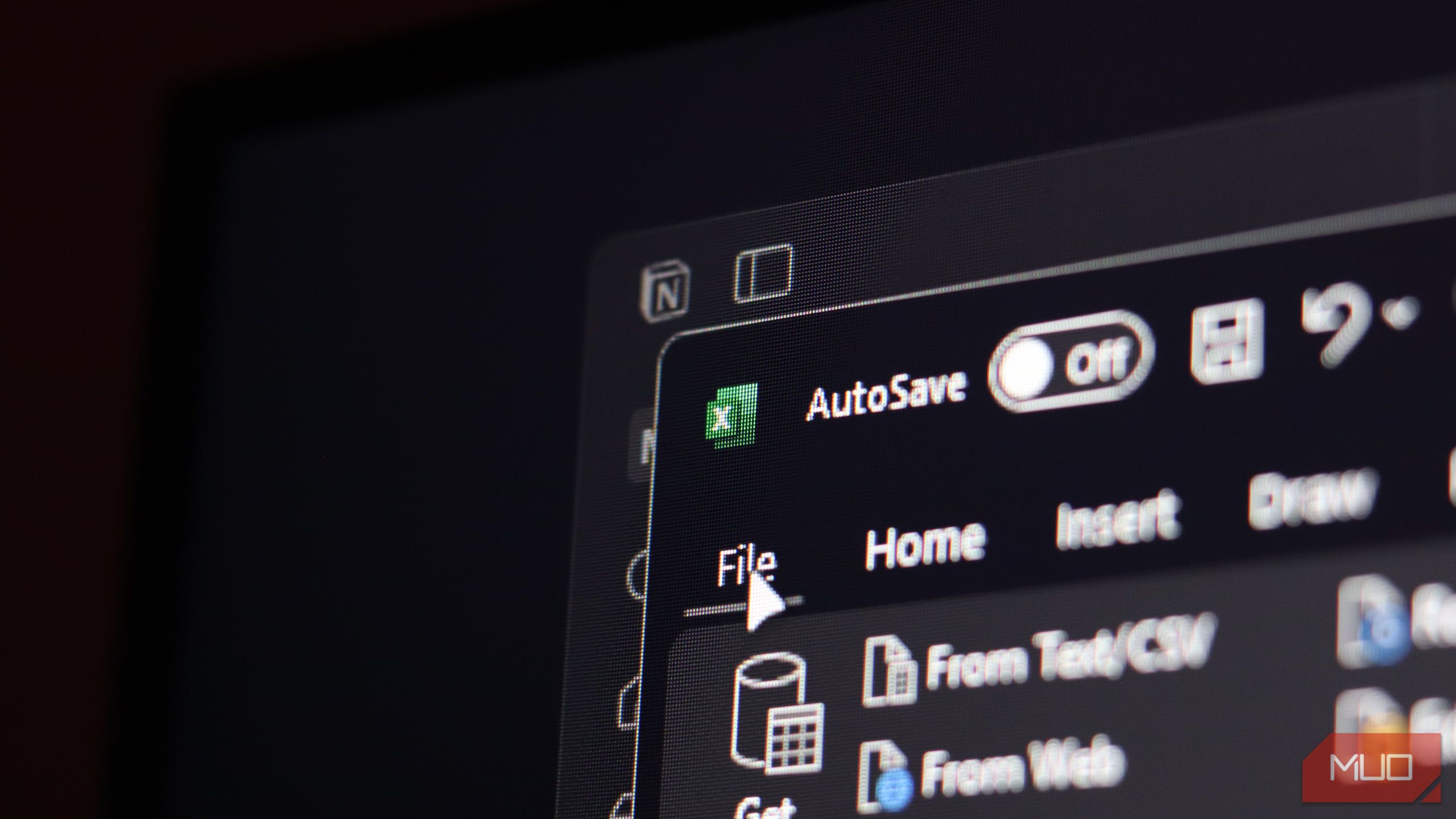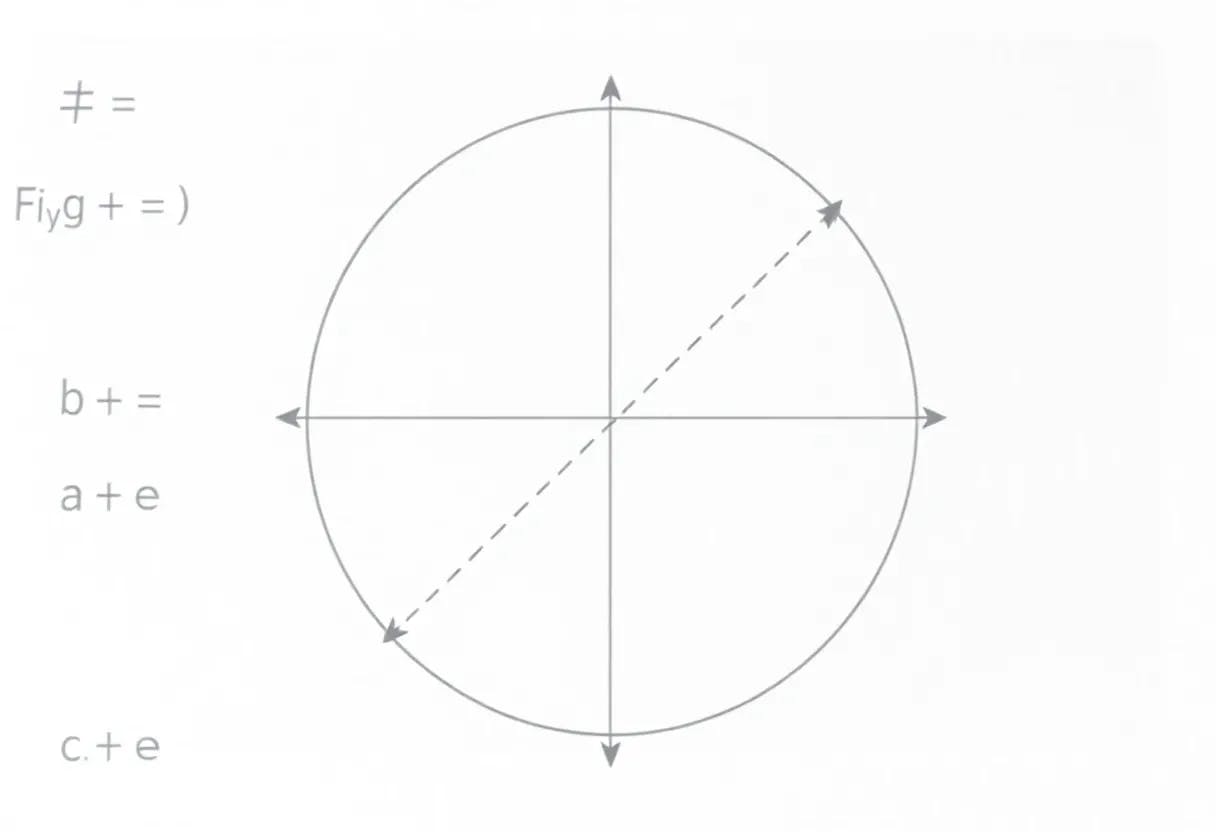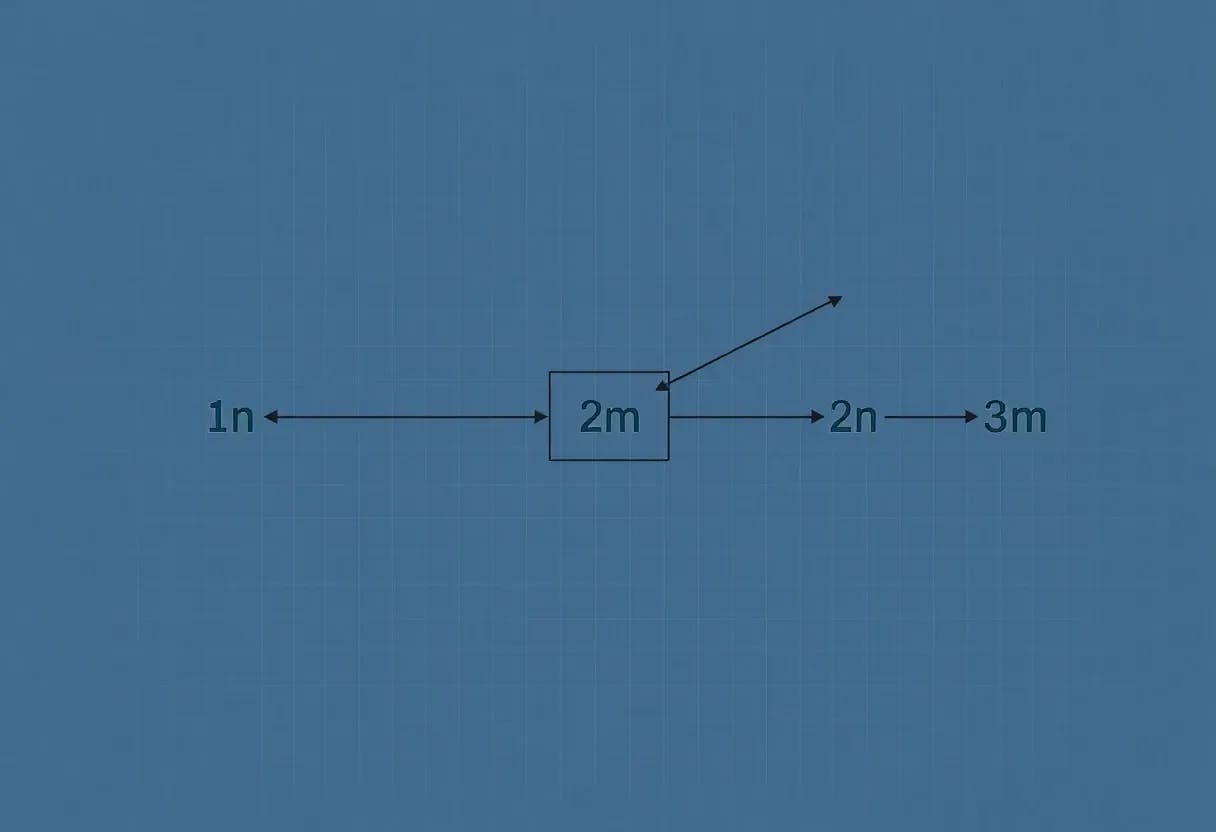I remember the moment the Nomad 2 stopped being a gadget and started feeling like a lifeline. We had been slogging along a muddy two-track for hours, the kind of road that eats zip ties and optimism. One of our trucks slid into a washout and sat, nose buried, lights off. Phones had no bars, the satellite hotspot was showing a sad little spinning icon, and the first hour of patience was turning into a cold, long night.
I climbed onto the tailgate, unlatched the case, and set the Nomad 2 on the bumper. I raised the telescoping mast, swung the omni up, and in five minutes the dashboard showed a clean heartbeat. Positions flowed back to base. Two medics coordinated a tow. Nobody panicked. It was not magic. It was good design, the right expectations, and the sort of product you can hand to someone and trust them to get it running.
That is what I want to write about: not specs, not marketing copy, but the honest shape of what the Nomad 2 does for people who move where infrastructure does not.
It is a tool built for hands, not manuals
What separates field gear from consumer toys is how quickly a stranger can get it working under bad light. Nomad 2’s case snaps open without a phalanx of adapters. The controls are a few physical buttons and a hearty LED ring that reads like a living thing — charging, discharging, fault. The mast locks with a single twist. The power ports are sensible and labeled in plain text.
In my work I have watched volunteers—people with no soldering past and a lot of grit—mount that mast, plug in a handheld node, and start a mesh. That immediacy is the quiet engineering win. If you want hardware to be useful in the field, make it idiot-resistant and repairable.
Power that behaves like an ally
Nomad 2 is not a miracle. It is a concentrated promise: give me sunlight or alternator, and I will keep comms alive long enough for you to make a plan. In practice that meant different things on different days. On sun-rich afternoons the unit kept a gateway and two handheld nodes alive for 48 hours of intermittent use. In chilly, overcast conditions runtime dropped, as batteries do. That is not a failure — it is reality. What mattered was how the unit communicated that reality. Voltage readouts, state-of-charge percentages, and a conservative low-battery warning gave us time to move batteries, swap loads, or adjust beacon rates.
Two lessons I keep repeating to teams: first, plan for half the quoted runtime in the field. Second, treat solar as insurance, not the primary engine, unless you are in the desert and have space for a big panel. Nomad 2 makes this easy with intuitive charging behavior and a robust BMS that handled our rough cycles without complaining.
Networking: the right bridge at the right time
A gateway is only useful if it knows how to wallflower until the party needs it. What I liked about the Nomad 2 setup is the way it balanced local talk with backhaul. It ran a local LoRa gateway and a small compute stack for message queuing and lightweight bridging. That meant when the satellite link cut, the mesh kept operating and queued STATUS packets until a link returned. When the link came up, everything flushed cleanly.
In one exercise the satellite link showed 400 ms latency and 25 percent packet loss. The Nomad 2’s gateway gave priority to position and SOS messages and relegated logs and bulk telemetry to a deferred channel. That is how you make a gateway useful: you shape data by mission urgency, not by bandwidth greed.
The parts that made me nod — and the parts I want better
I will be candid. The ruggedity is real. The housing shrugged off mud, a half hour under drizzle, and a tumble off a low bumper. The connectors were solid. The MPPT controller behaved predictably and the thermal behavior was reasonable under load.
But nothing is perfect. In one sub-zero night, the reported state-of-charge drifted a few percent until we recalibrated. Connections for some third-party antennas were fiddly and I wish the vendor standardized on a single rugged connector family. Those are not deal breakers. They are the sort of real-world gripes that get fixed quickly if they appear in customer field notes. I expect Nomad 2’s team to tighten those edges in future revisions.
Day-to-day rituals that made Nomad 2 sing
If you want any device to survive real missions you have to treat it like gear, not software. With Nomad 2 we built a short ritual that paid dividends:
- Pre-deploy check. Verify battery health, cable seating, and mast latch.
- Conservative beaconing. Keep nodes at a sane duty cycle during transit. Burst when needed.
- Staged firmware. Nomad 2 supports staged updates; use them. Roll out on one noncritical unit before fleet updates.
- Pack a spare antenna and an N-type adaptor. They take up little room and buy you a lot of options.
These are small habits. They matter more than most shiny features.
When hardware becomes a story
People remember equipment by what it allowed them to do. For me, Nomad 2 is tied to one night where a small team finished a search because we could coordinate. The device did not act alone. It was a pack of volunteers who knew the checklists, a simple dashboard that translated beacons into action, and a spare battery someone handed across a muddy ditch. But the Nomad 2 was the piece of kit that brought those elements together without drama.
That is the real test for field gear. Can it be trusted when the rest of the world goes quiet? Is it straightforward enough for someone who has never seen it to operate? Does it communicate failure modes in plain language? Nomad 2 passed those tests in my runs. It was not flawless. It was honest.
Final note
If you build gear for the field, design for the weather and the human, not the benchmark. The Nomad 2 is a thoughtful tool that recognizes those constraints. Use it with reasonable expectations, and it will pay you back with uptime, predictability, and a few quiet nights where everything hums and no one has to make a terrible improvisation.
If you want to test one in the wild, don’t ship it alone. Ship it with a wiring diagram, two spare N-type adaptors, and the expectation that you will learn something the first time you use it. That’s how tools get better. That’s how teams survive.









